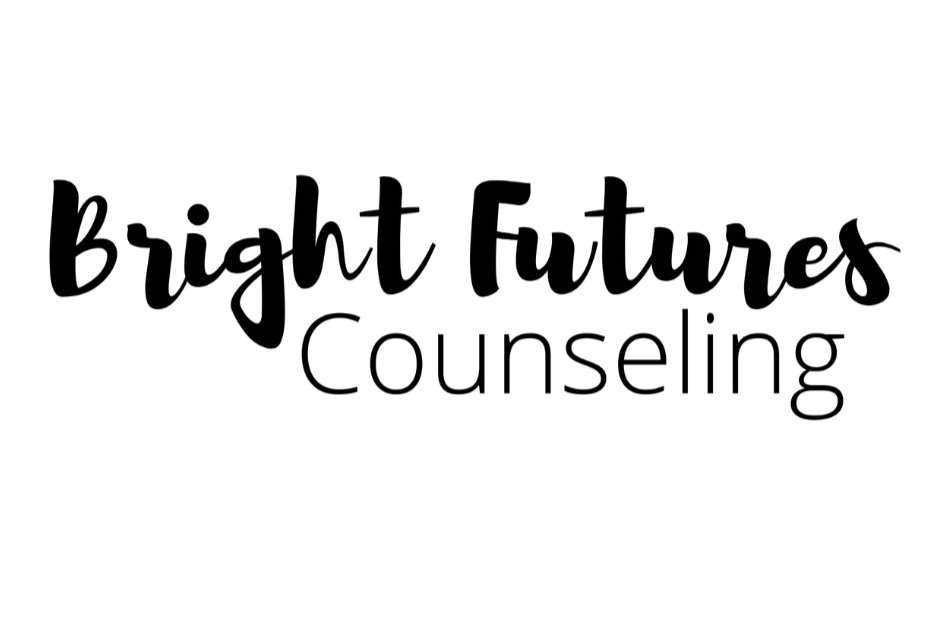4 Hands-On Ways To Spruce Up Your Meet The Counselor Lesson
By: Neeti Sarkar
A brand new school year is here already and this means you’re probably gearing up for your annual school-wide Meet the Counselor lesson/s. Over the years, with my younger students, I’ve used a picture book for a read-aloud session during which I’ve introduced myself and what I do at school. The older kiddos need something more fun and hands-on, so this Jeopardy-inspired Meet the Counselor Game Show has been my go-to for years. In the second year that I used the same resource, I was worried that the kids wouldn’t be interested in it because I’d done this with them a year ago. But, to my surprise, every upper elementary classroom that I went to wanted to play this game, and interestingly enough, a lot of them had forgotten that we’d played this game before. This is why I know I’m going to be playing this game with them this year too, but maybe I’ll sneak in some other fun activities too.
If you’re looking for some hands-on ways to spruce up your Meet the Counselor lesson, here are some fun ideas to try:
1. Play a game of Emotion Charades
Kids love charades so switch it up and bring in your counseling element by playing emotion charades where students will have to act out the emotion written on the card they draw while the others have to guess the emotion. An activity like this helps students understand how to read people’s facial expressions and body language. It establishes that emotions like anger and sadness are a normal part of human life and that it is okay to express how we’re feeling. Here’s where you can talk about how you are there to help them navigate their feelings.
2. Send them on a School Counseling Treasure Hunt
A lot of times kids are unsure about what school counselors really do and a great way to combat this problem is by hosting a school counselor version of a treasure hunt. You could hide clues leading to positive affirmations so students discover a new confidence-building message at each stop. This would help students understand that you are there to cheer them on.
I would hide objects related to different things I help students with and the clues will help them figure out how they all tie in together and represent what I’m in school for. From pop fidgets, mandala sheets, and items from my sand tray to Kelso the frog (that I use to teach conflict resolution), SEL books, character trait posters, and other items from my “Calm Corner”, there are so many ways to make this treasure hunt memorable for the kids while delving more into my role at school.
3. Bring in some mindfulness
Mindfulness is big in my school as it must be in yours, and rightfully so. Instead of doing a guided meditation, you could get your students to create mindfulness jars with mason jars, glitter, water, and glycerine. You could shake the jar and use it as an example of how our minds can often feel overwhelmed and chaotic and how important it is for us to sit with these feelings and let them settle. You could practice some deep breathing while waiting for the glitter to settle. The idea is to normalize different emotions, emphasize the need to feel our feelings, and underline the importance of taking time to clear our minds so we can then express our feelings in a positive manner when we are calm. This is a great way to introduce the concept of coping strategies, impulse control, and self-regulation and how you are there to help your students in this regard.
4. Create together
Creating art together is something I love doing with my students. A Feelings Collage is an easy way to get students to work together, thereby promoting teamwork, cooperation, and decision-making. All you need to do is divide the class into a few groups. Provide magazines, newspapers, and art supplies, and ask each group to create a collage representing different emotions they might experience at school. They can then share their collages with the class, discussing when and why certain emotions are common during the school year. This activity encourages students to express themselves through art, providing an opportunity for them to communicate their emotions.
Another activity you could try, if you prefer something that each child can do independently, is creating dream catchers. YouTube has enough tutorials so you could take some tips from there to guide students in making their dream catchers using craft materials like yarn, feathers, and beads. While they create, you could discuss their hopes and dreams for the school year. This activity serves as a goal-setting lesson as well as a Meet the Counselor lesson where students will be able to see that you are there to support them in achieving their goals and fostering a positive outlook.
It is important to plan and curate activities based on students’ age and interests. These engaging activities will not only help students get to know you as their counselor but will also create a positive and supportive environment as you begin a new school year together. You don’t need elaborate games or expensive supplies. Remember, less is more. So keep it simple and have fun!
About the author: Neeti Sarkar is a Primary School Counselor at an IB school in Bangalore, India. Over the span of almost 10 years, she’s worked with students aged 3-18, but enjoys working with the littles the most. Neeti’s also a seasoned journalist, so when she isn’t making behaviour plans, teaching guidance lessons, and supporting her school community in various other ways, she makes time for her other passion- writing.




